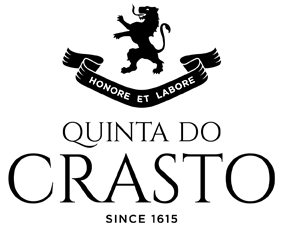High atop a hilltop of schist on the western edge of the estate, the rustic chapel of Our Lady of Amparo has stood guard over the Quinta do Crasto since the 17th century.
Upon the death of two of their daughters on 10 July 1660 in Vila Real, the erstwhile owners – André Fernandes de Magalhães and his wife D. Maria de Sampaio – vowed to heighten their pious intentions at Quinta do Crasto .
Here, at the highest point overlooking the Douro River, the couple built this chapel dedicated to Nossa Senhora do Amparo and then went on set up an endowment in its 1666 deed to dedicate six alqueires (an Arabic measure approximating 2.38 Imperial bushels of wheat and 21 almudes (an archaic measure of wine that is roughly 527 litres) of wine from the crop yield from their other estates to finance its masses and maintenance.



